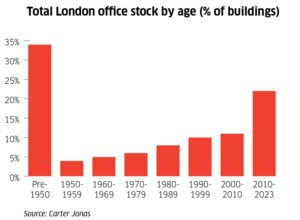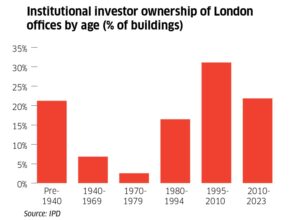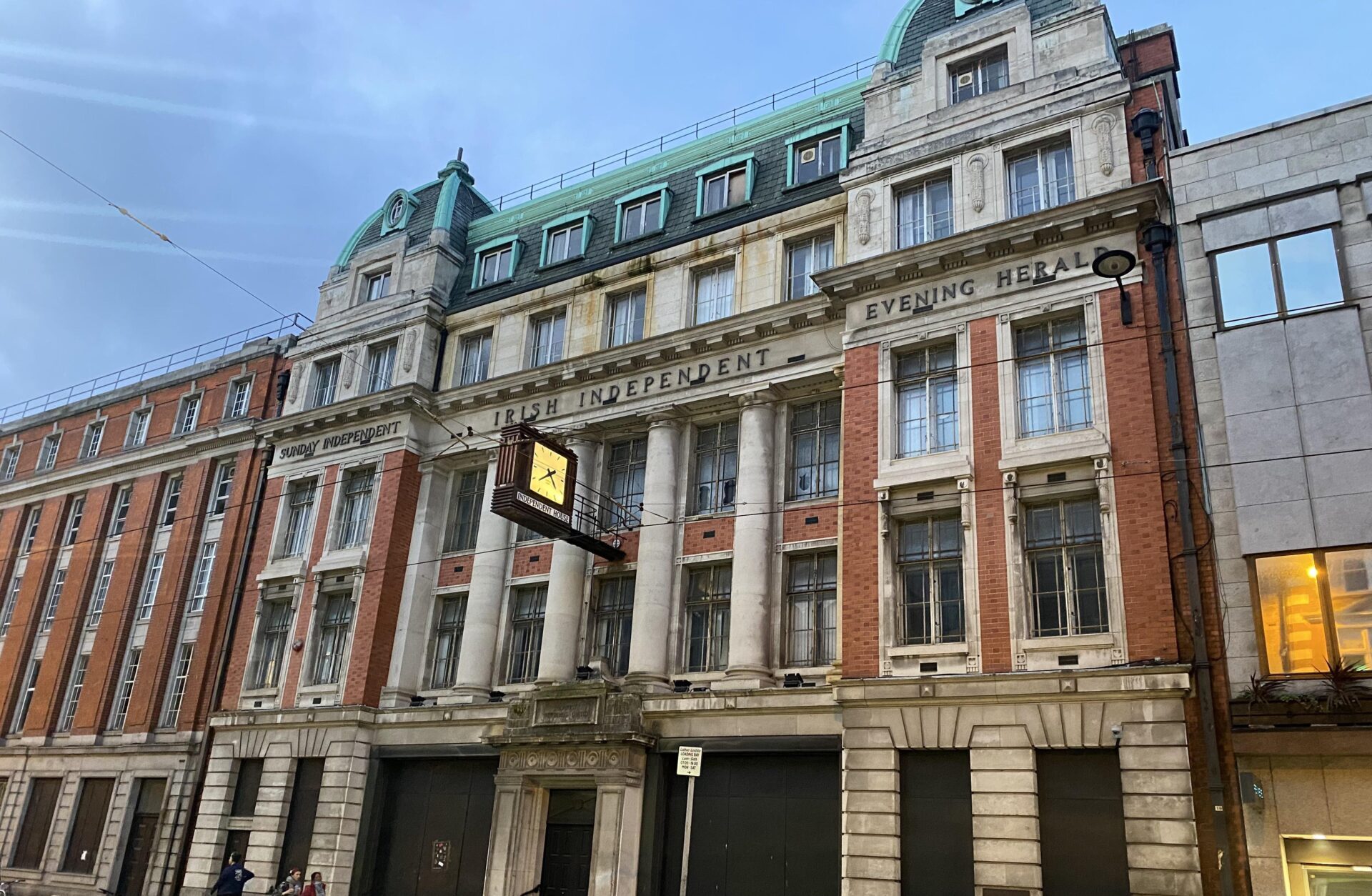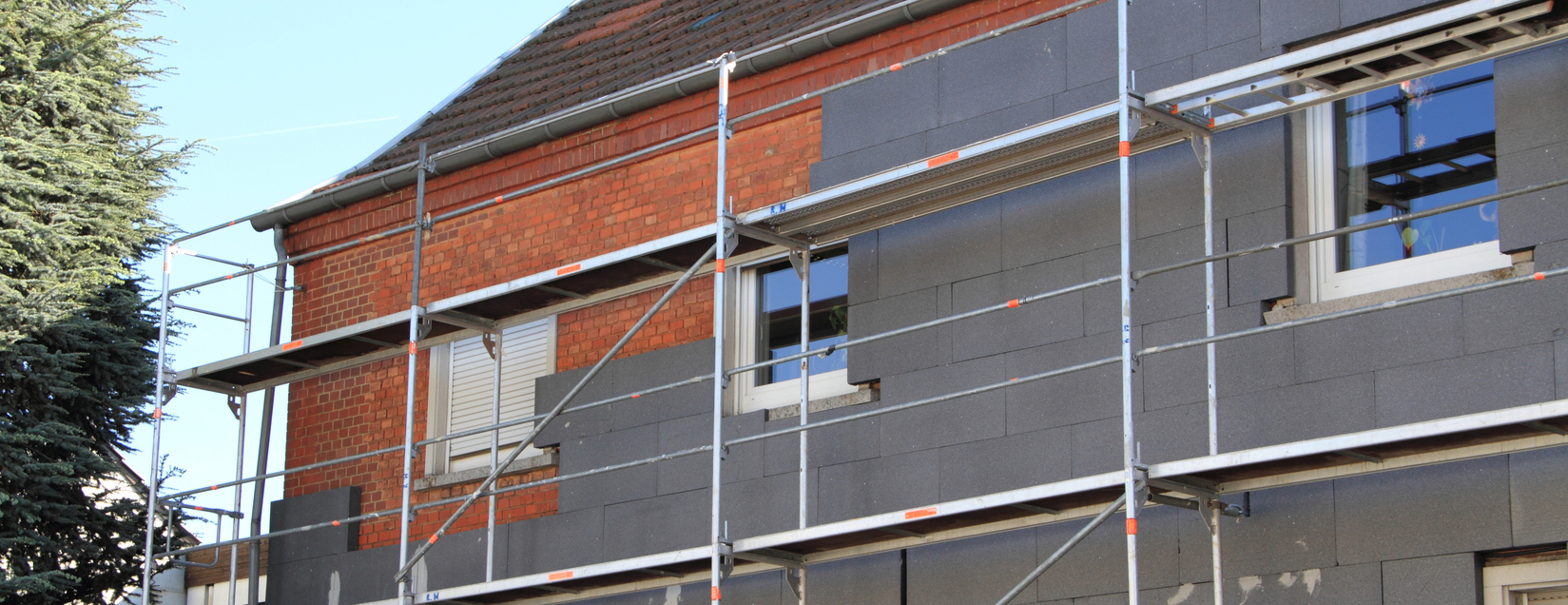As another UN Climate Change Conference, Cop 28, comes to a lacklustre close in Dubai, with key elements again watered down by vested interests, it is worth relating this back to property, and particularly the office sector.
In most major cities, including Dublin and London, office markets are dramatically polarised, by both investors and occupiers, between new stock (green) and old stock (not so green). But this comes at a time when demand, especially from corporate occupiers, for low carbon offices is rising and the ability to create new supply is low. This is an opportunity for investors with the right skill sets to capitalise on: that is, of course, once debt becomes attainable again.
Office investments used to be all about location, location, location. This is often replaced these days with Environmental, Social, Governance (ESG) particularly by those investors with less flexible strategies. Rules are often applied rigidly with scant regard to a property’s locational potential, or the skills of the asset management team to refurbish or re-position. Many institutions would rather dispose of older, well-located offices as holding on to these drags down their ESG scores. This has accelerated the creation of a two-speed market and eroded considerable value.

Institutions are now less focused on prime locations, but on compliant buildings. This presents an opportunity for alternative investors to look beyond the labelling and think more of how the right properties, in the right locations, can be repositioned to maximise gains from a sector with a diverse pool of tenant requirements, and tenant budgets. As always, early movers will have the advantage, especially given the regulatory shift toward “embodied carbon emissions” and “whole-life carbon” in real estate, not just operational emissions. This will see more buildings refurbished, rather than re-built.
If we look at the central London office market, one of the most liquid and fastest moving in the world, we can see the impact of increasingly polarised investor appetites in real time. Major lettings, such as Great Portland Estates’ 320,000 square foot pre-let of 2 Aldermanbury Square to international law firm Clifford Chance LLP achieved impressive rents, as large corporates look to implement a thorough ESG agenda. Meanwhile older buildings achieve rents of less than half that of “headline Grade A” space. Smaller occupiers, such as SMEs, do not have such deep pockets. This leads us to question what happens to the rest (the majority) of the office market.
To do this it is important to understand the structure of the market, and the perception of that structure.
One of the first questions I tend to ask a new investor looking at taking exposure to listed office landlords, such as Great Portland Estates or Derwent London, or indeed previously Green Reit and Hibernia Reit in Dublin, is what do they think the average size of an office lease is in their city? Answers often surprise. Most think north of 50,000 square feet, while many come up with a number over 100,000 square feet. The reality is much lower.

In London, average leases in recent years have trended towards 4,100 square feet, pretty much the size of a couple of floors in a traditional West End office building. New lettings so far in 2023 have averaged just under 7,000 square feet according to agents.
In Dublin, the average extant office lease is somewhat smaller, at over 3,200 square feet, aligning with the traditional size of a converted Georgian townhouse. Although the average for new lettings in Dublin rose to 13,000 square feet in the last 12 months, this is skewed by a handful of large deals.
Nonetheless, the bread and butter of the London and Dublin office markets are smaller lettings, not the headline grabbing deals to major tech or business services firms. It is these smaller deals, in significant volume, that set the “rental tone” of a market, and these buildings are often the most challenged from an ESG perspective. There is a similar mismatch in ownership.
A recent study by London agents Carter Jonas outlined how only a third of office buildings were built or refurbished post-2010, with the majority built pre-1980. That is the structure of the market. That also shows the scale of the “embodied carbon” challenge in a market moving away from demolition. However, the ownership picture is different.
Data from IPD shows that most institutional investor exposures are to buildings built in the last 20 years. This means that the largest cohort of London office stock (pre-1980) is unlikely to have a well-funded owner willing to undertake the necessary upgrades, and future regulations will likely penalise demolition. There is a gap in the market. But underwriting such investments is not easy in a market with thin and inconsistent rental evidence.
Much of the current challenge rests on the fact that upgrade costs, to meet modern standards, are still opaque and worsened by uncertain financing conditions. Next year will likely present more clarity, and with that an interesting buying opportunity for well-located, but out of fashion older office buildings.



